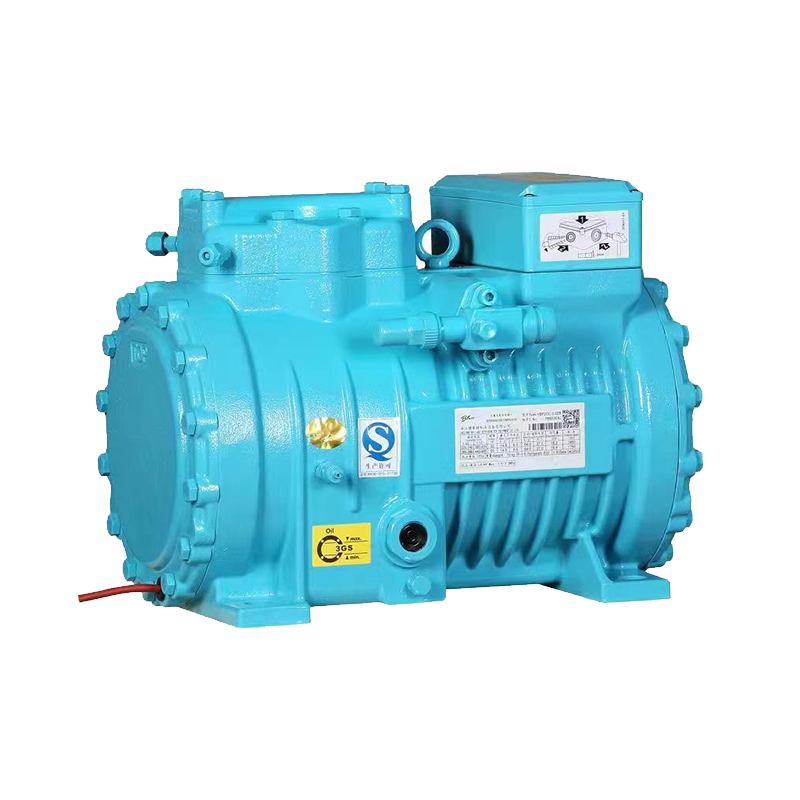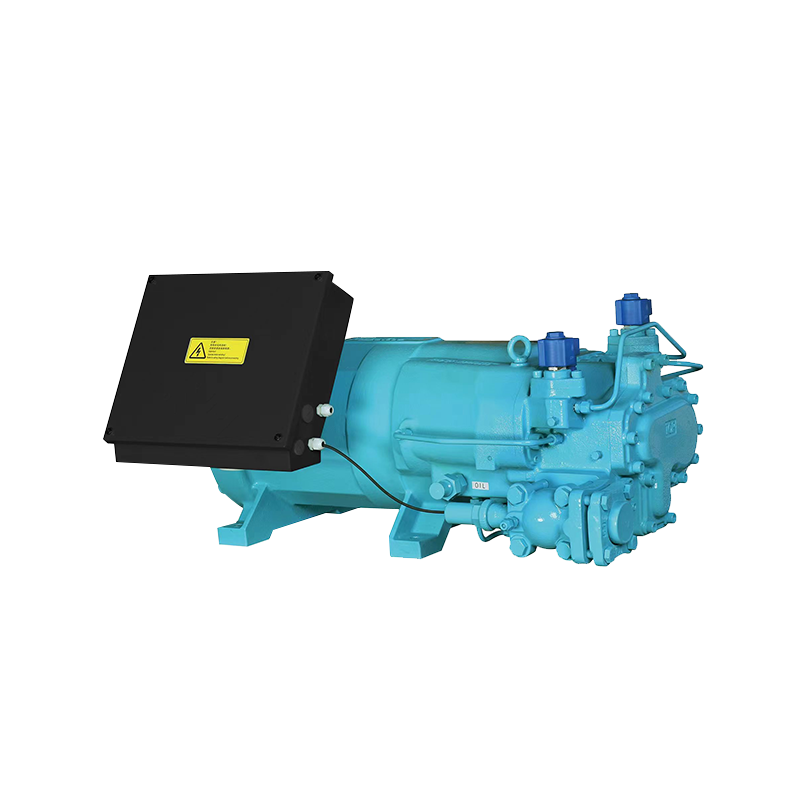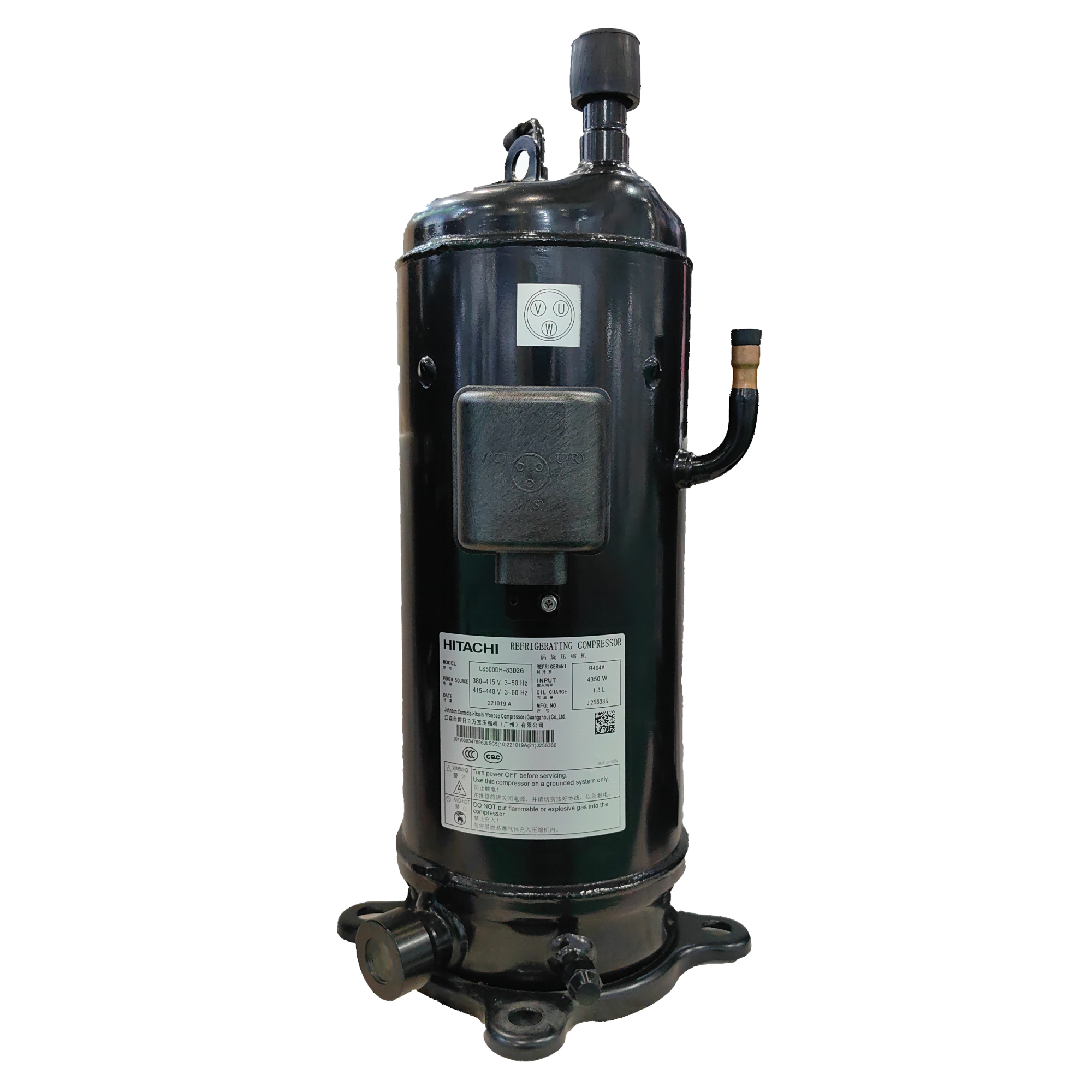The high-efficiency copper tubes of the compressor condensing unit are precisely arranged to ensure that the refrigerant can fully contact the air during the flow process to achieve efficient heat exchange. At the same time, the layout of the copper tubes has been optimized to reduce unnecessary bends and staggering, and reduce the wind resistance caused by complex pipes.
In order to improve the heat transfer efficiency, the condenser may also use enhanced heat transfer technologies such as internal threaded copper tubes and fin structures. These technologies can increase the contact area between the refrigerant and the air, speed up the heat exchange rate, and also help guide the air to pass smoothly and reduce wind resistance. The shape, angle and number of fan blades are precisely calculated to minimize eddy currents and turbulence when the air flows. This design allows the fan to provide sufficient air volume while generating relatively low noise and wind resistance.
To prevent external debris from entering the condenser, the unit is usually equipped with a protective net. The design of these protective nets also takes into account the wind resistance factor and adopts a grid structure to reduce obstruction to airflow. At the same time, the shape and size of the air inlet are also optimized to ensure that air can enter the condenser smoothly.
The shell and internal structure of the unit are streamlined to reduce the resistance of air flow. The streamlined design is not only beautiful, but also can guide the air to flow along a predetermined path, improving the heat exchange efficiency. The air duct design inside the unit has also been carefully planned to ensure that the air can pass through the condenser evenly. The air duct may be equipped with structures such as guide plates and baffles to adjust the direction and speed of the air flow and reduce the occurrence of vortices and turbulence.
In order to further improve the energy efficiency ratio, the fan system of the unit may adopt variable frequency control technology. This technology can automatically adjust the fan speed according to the actual heat load of the condenser, so that the best air volume output and cooling effect can be maintained under different working conditions. At the same time, variable frequency control also helps to reduce energy consumption and noise.
The fan system may also be equipped with intelligent monitoring and adjustment devices, which can monitor the operating status of the unit and external environmental parameters in real time, and automatically adjust the working status of the fan according to these parameters. This intelligent control method enables the unit to maintain efficient and stable operation in a complex and changing working environment.
Regular cleaning of dust and dirt on the surface of the condenser is essential to maintain low wind resistance and improve cooling performance. As the running time increases, dust and dirt will gradually accumulate on the surface of the condenser, which will seriously affect the air circulation and heat exchange efficiency. Therefore, users should regularly clean and maintain the condenser to ensure that it is always in good working condition. Cleaning can be done with tools such as high-pressure water guns and vacuum cleaners, but care should be taken to avoid damaging the internal structure of the condenser.
This compressor condensing unit effectively reduces wind resistance and improves cooling performance through the comprehensive use of multiple means such as efficient condenser design, low wind resistance component selection, structural optimization and aerodynamic principles, fan system optimization, and regular cleaning and maintenance. These design optimizations not only improve the operating efficiency and reliability of the unit, but also help reduce energy consumption and reduce noise pollution, bringing users a better user experience.

 English
English Español
Español عربى
عربى русский
русский











